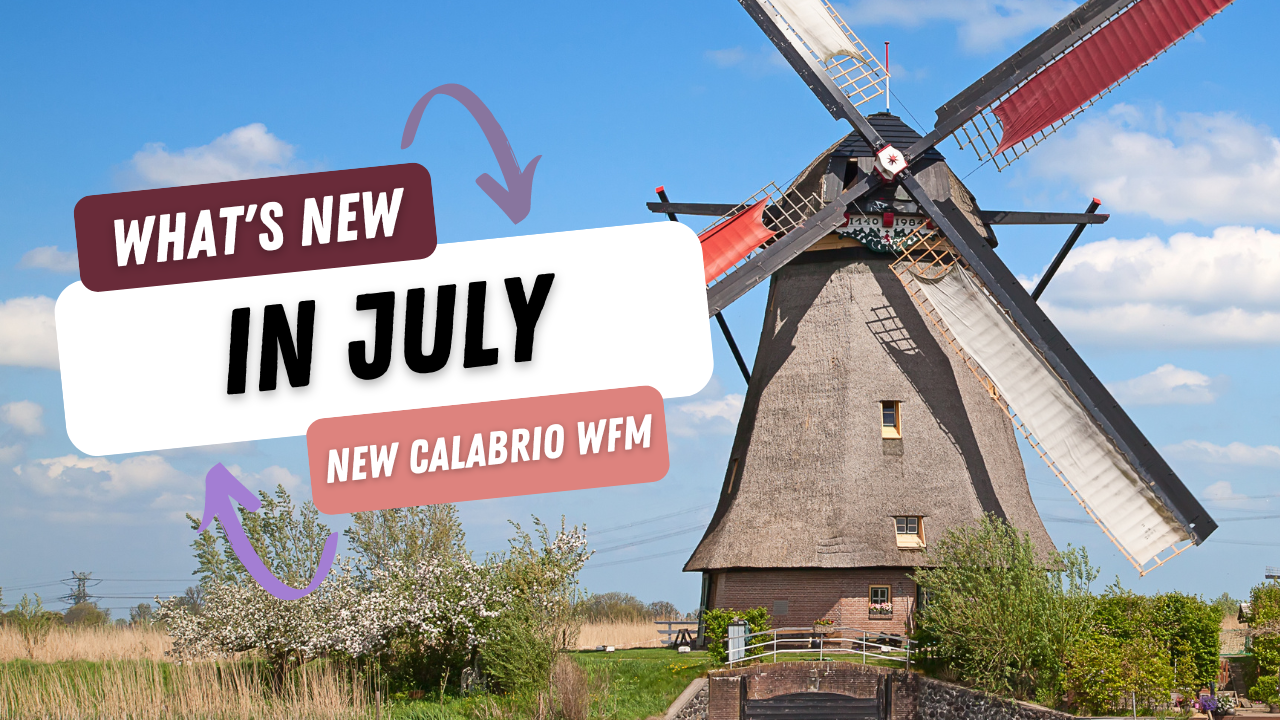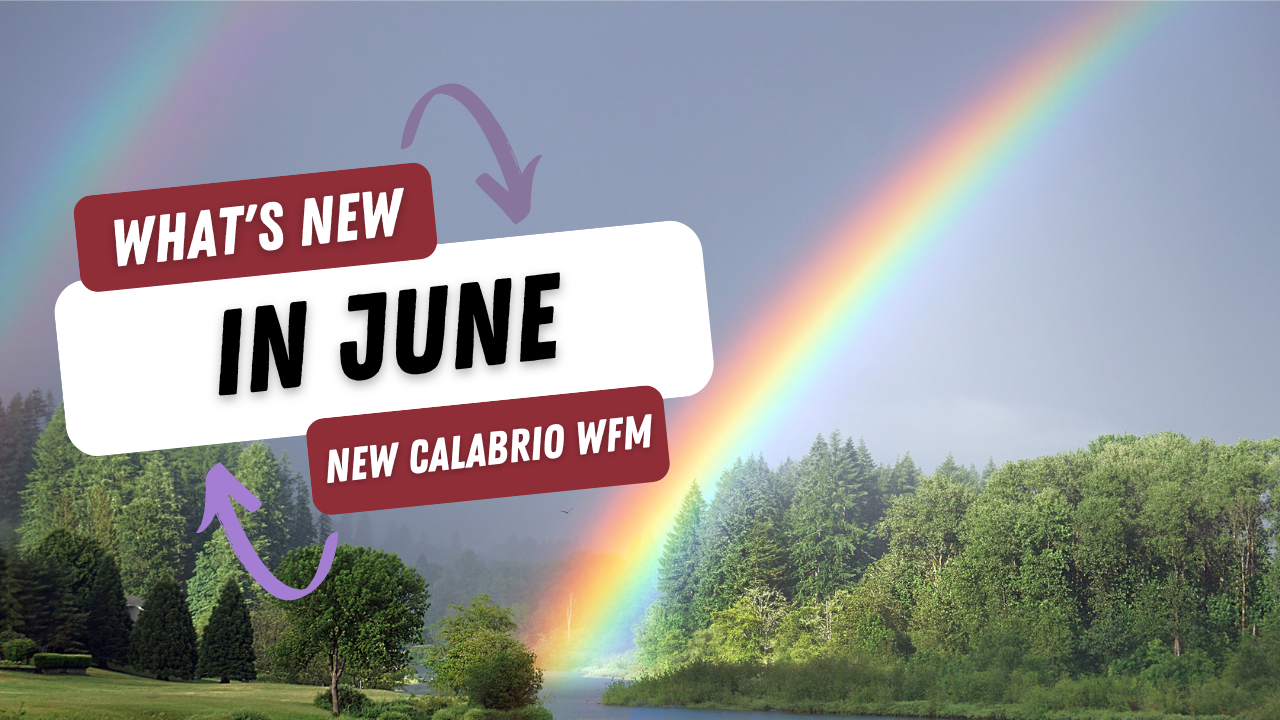The prevalence of the term Mandatory Requirement across the majority of business requirement tender criterion is increasingly elevating the fantastic as an equal decider against the necessary in contact centre technology choice.
When a contact centre prepares to tender for a new technology platform, it’s only natural for the staff involved to research what potential technology solutions the market can offer. This research is invaluable in getting the creative juices flowing, helping to define business requirements beyond the influence of established operational constraints.
Meanwhile, in the fiercely competitive contact centre technology industry, suppliers continue to invest in product innovation and sophistication in the pursuit of competitive market differentiation. And it is the latest innovation or sophistication advancement that immediately becomes core to the technology suppliers marketing presentation.
At this point in proceedings, everyone is a winner. Technology suppliers have had the opportunity to present their product’s contemporary and innovative functionality, while contact centre staff have become aware of the possibilities technology can offer their transforming contact centre. However, it is in the next phase of technology choice that the problem of feature inequality emerges.
The tender document distributed to potential suppliers usually lists business requirement criteria, along with an indication of its importance being Mandatory, Desirable, or Nice to Have. In response, suppliers will offer a statement of compliance along with an explanation of how their solution meets the criteria. This tender response format creates a controlled and objective means of product evaluation, with points being awarded to each criterion dependent on its importance and the tenderer’s response. But what happens when the mundane but necessary features are given the same weighting as the exciting but sometimes frivolous features. Consider the following two possible business requirement criteria as examples:
Criteria 1: Mandatory – The ability to unify routing of calls and emails to Agents
Criteria 2: Mandatory – The ability to route calls to the Agent the calling customer last spoke to
Unified routing of calls and emails to Agents
Representing a core feature for a contemporary multimedia contact centre, unified routing delivers high visibility automated management of emails in a manner that dynamically balances their allocation in consideration of inbound call demand.
No disagreement here; for effective and efficient management of a multimedia contact centre unified routing will deliver all of the benefits it promises.
Routing calls to the Agent the calling customer last spoke to
A great feature to support relationship building in a sales environment. Equally valuable for troubleshooting service calls by supporting dialogue continuation instead of requiring customers to restate their situation each time they call.
Sounds great, but should it carry the same weight in solution choice as unified routing of calls and emails?
If your contact centre is answering approximately 800 calls per hour, and the handling time of those calls is around 350 seconds, you will need approximately 84 Agents operating at an occupancy level of 93% to achieve a target of 80% in 30 seconds service level. This means that your Agents are spending on average 7% of their time in queue waiting for their next phone call. And, if your contact centre operates with Shrinkages of approximately 30%, your Agents are on-queue 70% of the time you are paying for them. So when a customer makes a return call, what is the chance that this routing feature will be able to successfully connect them to the Agent they last spoke to?
Chance of Success = (100% – Occupancy) x (100% – Shrinkage) = 7% x 70% = 5%
And, if workload increases and your contact centre is constantly queuing;
Chance of Success = (1 / No. Agents) x (100% – Shrinkage) = 1 / 84 x 70% = 1%
Now the chance of successfully using this routing feature to reconnect a customer with the last Agent they spoke with will be higher in a low occupancy contact centre, or in an environment where you’re prepared to leave a customer waiting in the queue until the required Agent is available (if they’re on the phone). But for a high volume contact centre focused on speed of answer should this routing feature be given equal consideration in technology selection if it’s only going to work for 1 in 100 customers? And do you necessarily want a customer speaking with an Agent who failed to resolve their enquiry the last time they spoke?
Conclusion
I’m not suggesting that the ability to route a customer’s call to the last Agent they spoke with won’t be of value to many contact centres. However, the chances of this feature working in most high volume contact centres make it practically worthless, and should definitely not be given equal weight in the tender evaluation process to other features such as unified call and email routing.
The trick is to ensure that before a feature is added to your tender’s business requirements the practicality of that feature is fully explored within the context of your contact centre. Simulate the manner in which the proposed feature could work for you, explore the impact it would have in different operational situations, and consider the probability that situations that will deliver favourable outcomes will arise. You may still want to add that feature or function into your business requirements document, but reconsider whether it delivers Mandatory or Nice to Have functionality for your organisation.
I would love to hear your thoughts on the “mandatory versus nice to have” tender criterion. Have you discovered an alternative approach to ensure you get the best response to your contact centre’s technology needs? And remember, while your contact centre must decide for itself its choice of technology platform, it certainly doesn’t need to explore the potential benefits of all the market has to offer alone!







